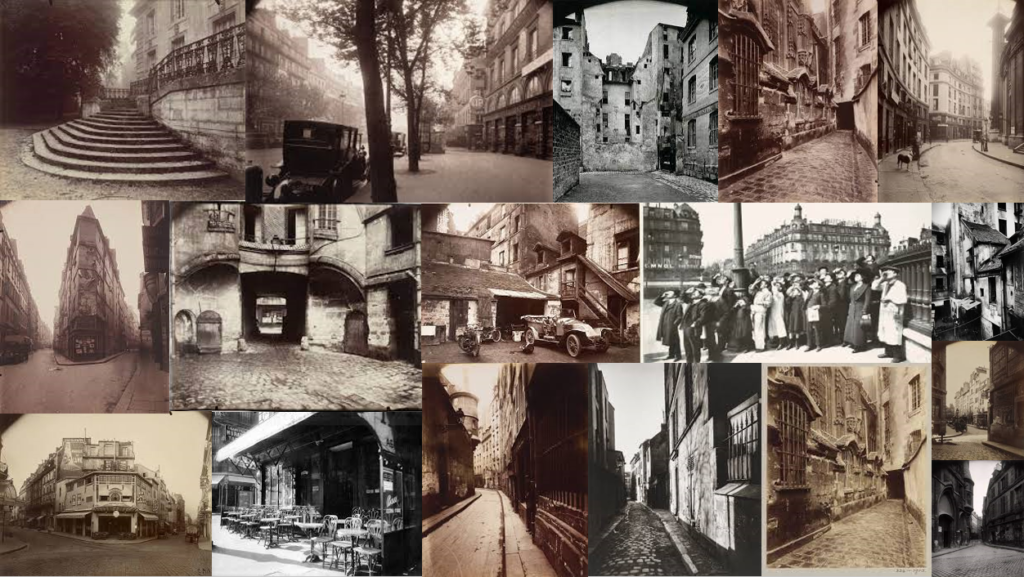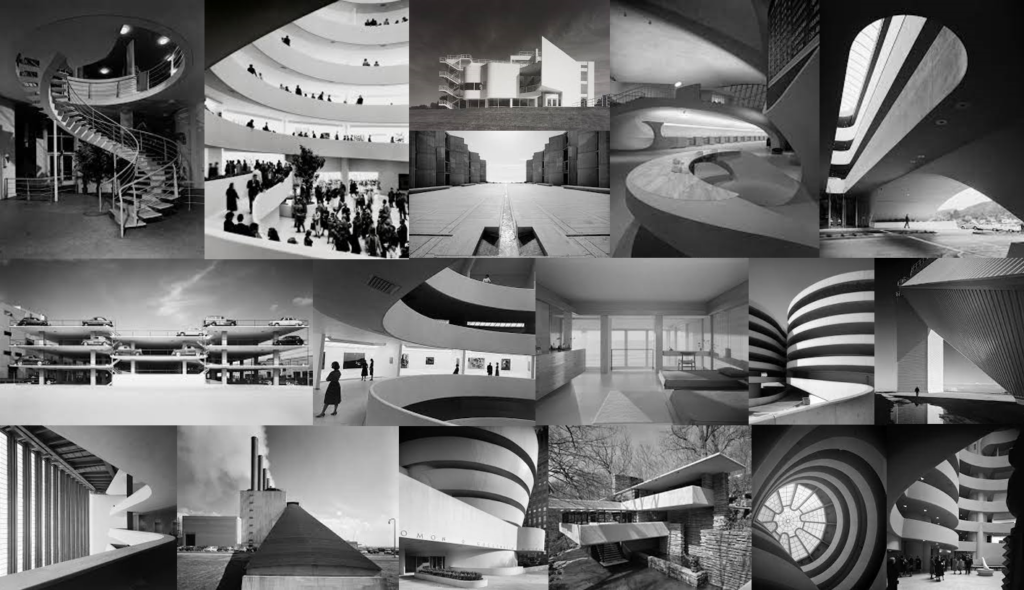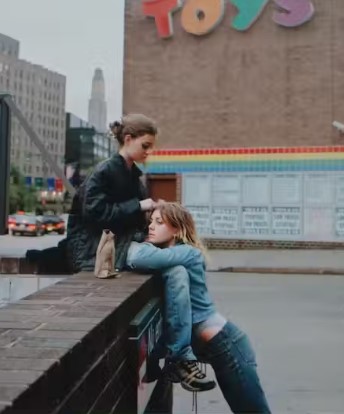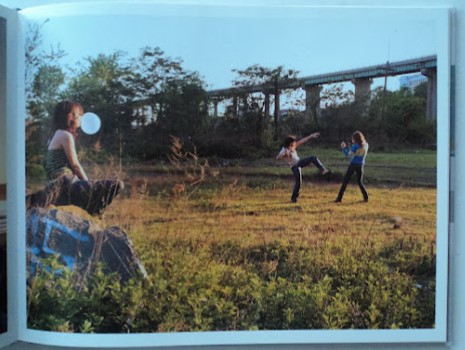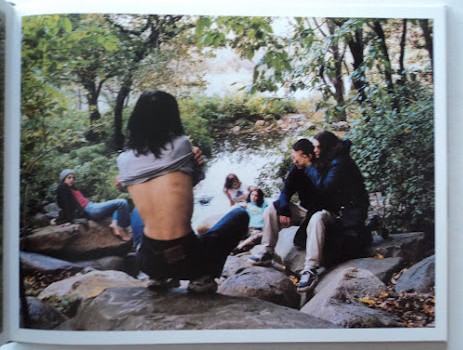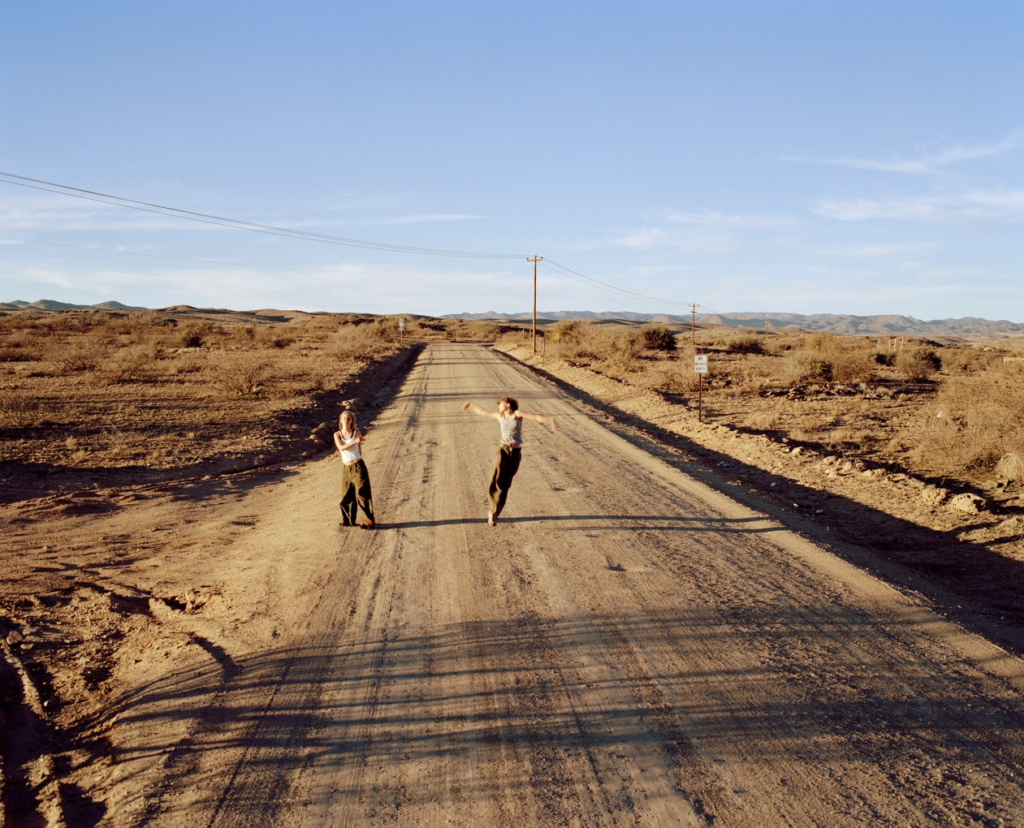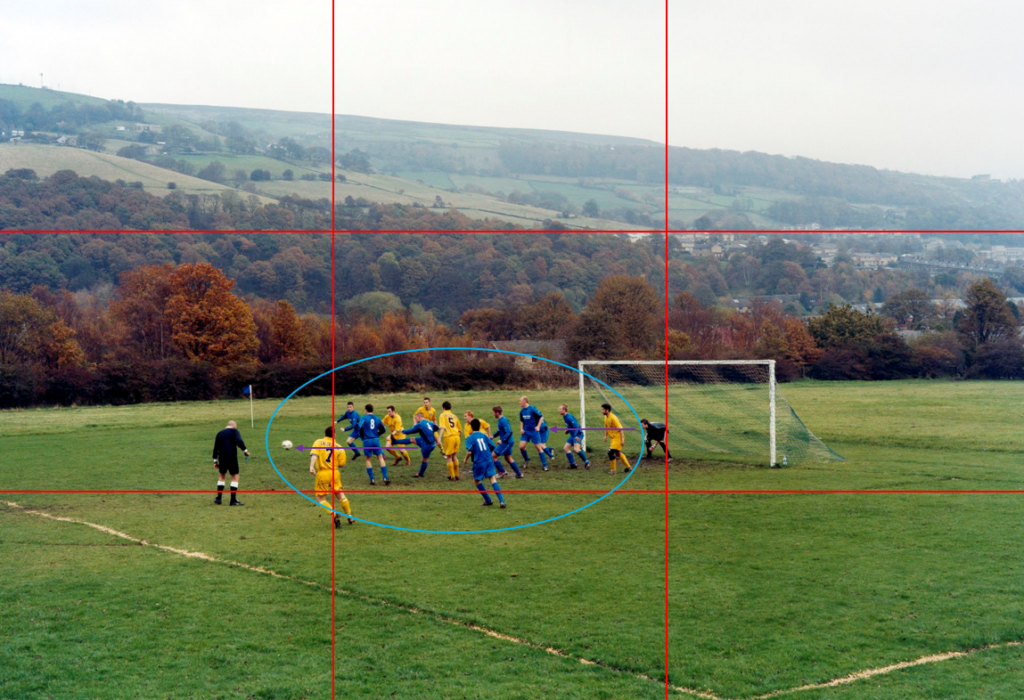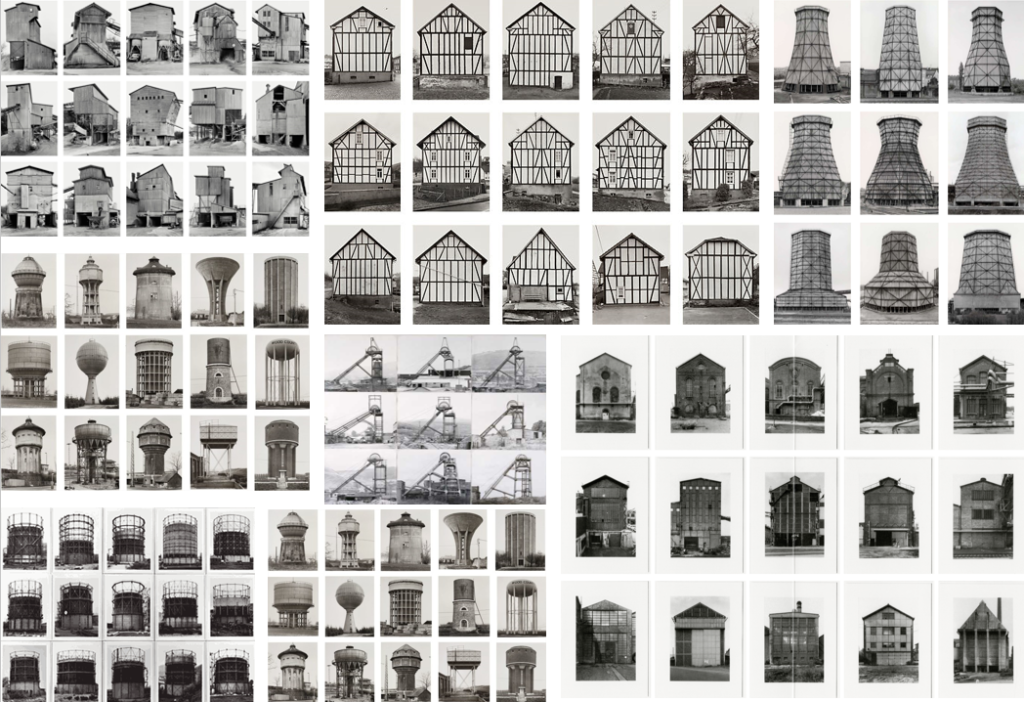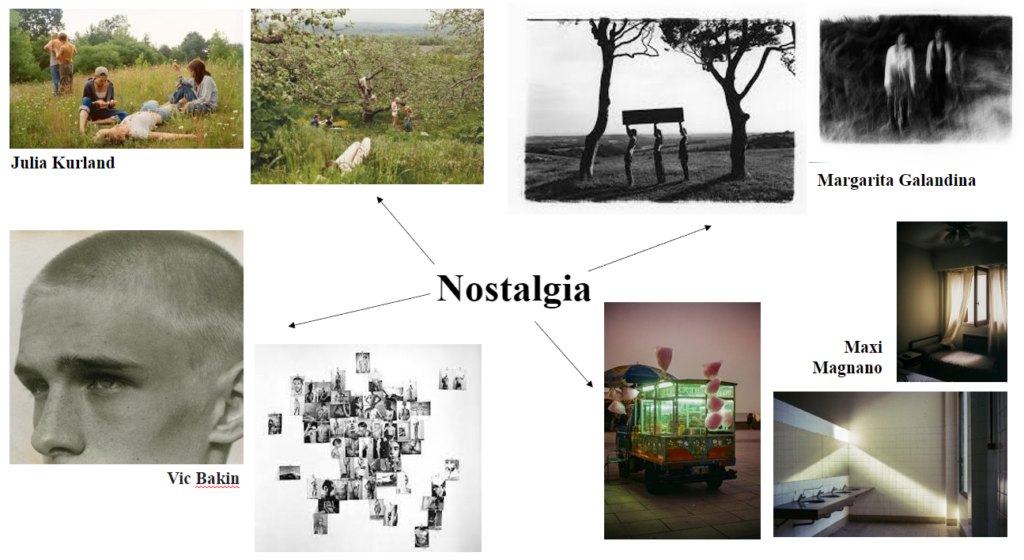Jim Goldberg is an American artist and photographer, whose work reflects the neglected, ignored, or otherwise outside-the-mainstream populations. He is best known for his photography books, multi-media exhibitions, and video installations, among them: Rich and Poor (1985), Nursing Home, Raised by Wolves (1995), Hospice, and Open See (2009).
Raised by wolves
Jim Goldberg’s project, Raised by Wolves, saw him exploring the lives of a community of youths on the streets of California over ten years and follow as they live through addiction, abuse, and violence. He incorporates the subjects’ writings and illustrations alongside his images. Goldberg devoted much of his practice to honouring the people who fall into the latter category. His subjects are often troubled youths, who are otherwise treated as invisible by mainstream society and found inspiration when he bore witness to the chaotic reality of street life.
“I wanted to look at those people who were outsiders, like I was”
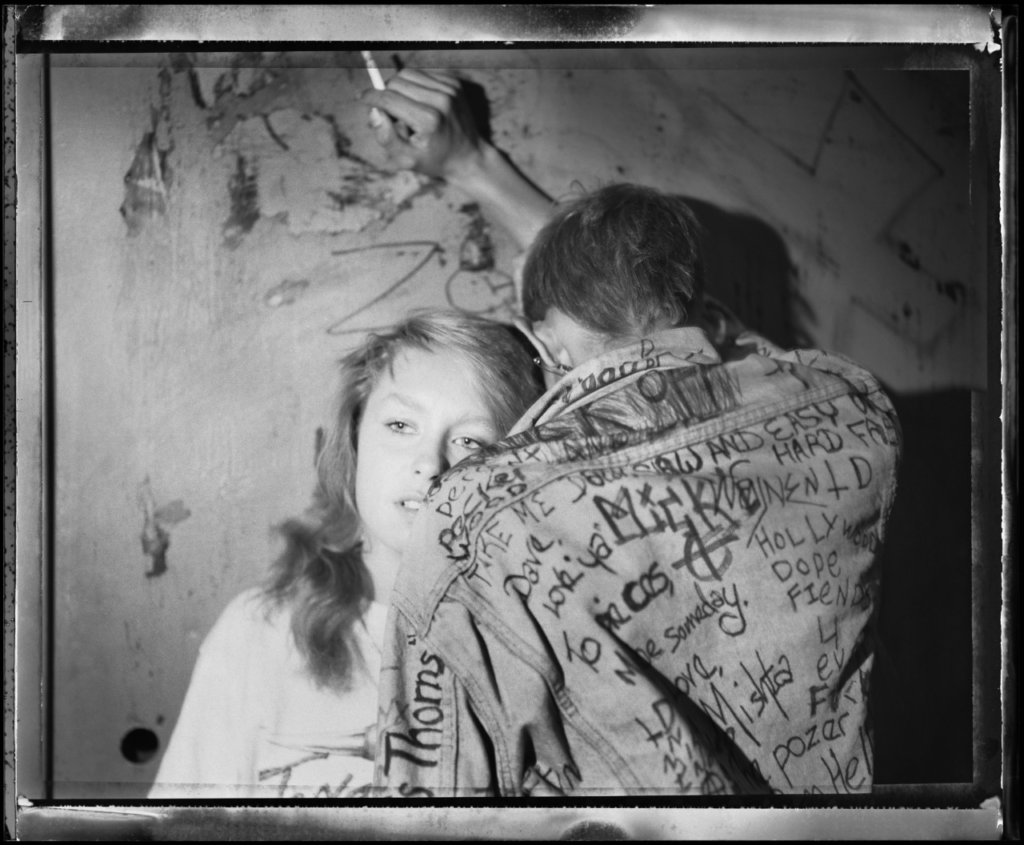
“When I thought of youth, I thought of my own teenagehood and childhood, and other people I knew who were often scapegoated, not appreciated, or not given a chance. The end result was trouble for them. I wanted to look at those people who were outsiders, like I felt I was.”
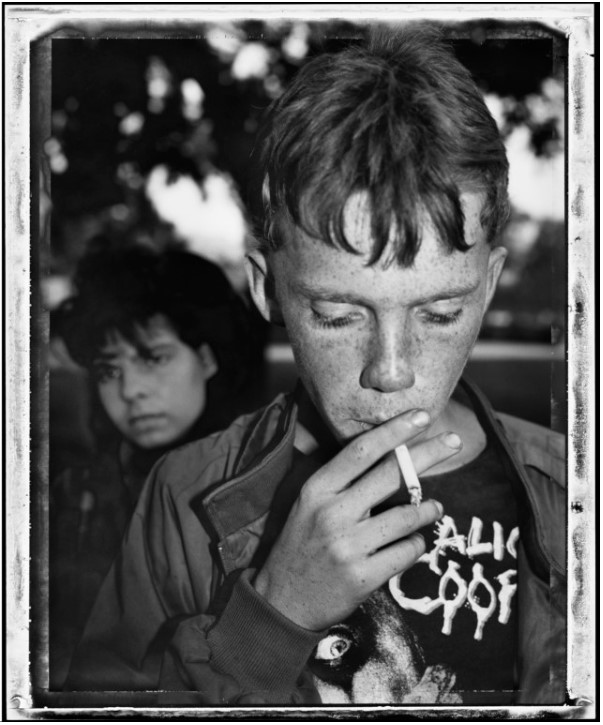
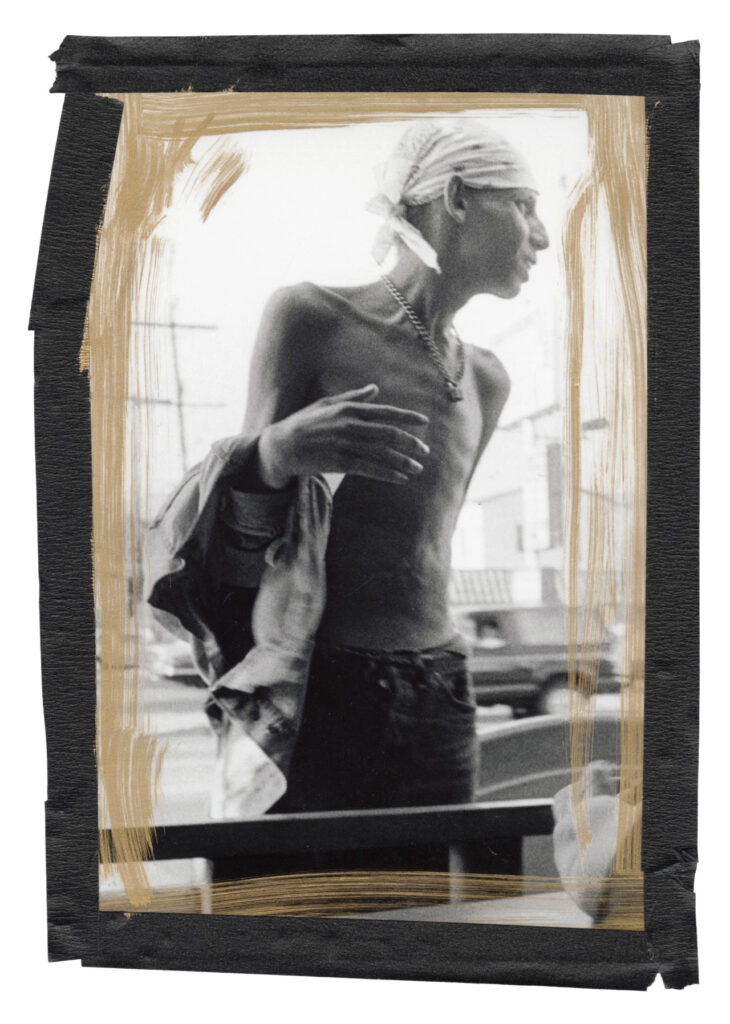

“It was done, mostly, on a Xerox machine. So, I duplicated that aesthetic. I added a few minor things, and decided some things could be in colour that weren’t in colour in the original edition, and sold it for a reasonable price.”
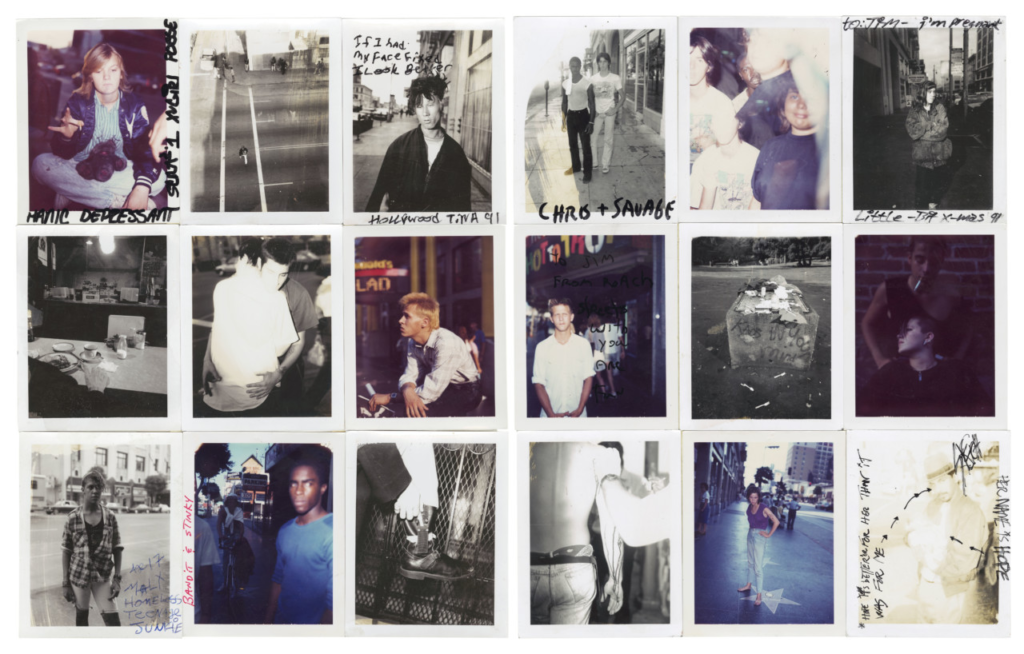

My interpretation:
Jim Goldberg looks at the lives of youths from a dark yet real perspective portraying the reality of these kids lives in a documentary form. The images are a representation of the people who have found themselves in these situations and have an overall grungy look.
This relates to the theme of nostalgia as its an overall reflection of what their lives have become and I’m going to follow a similar style when creating my own images by photographing a more urban lifestyle rather than a romanticized version of being a teenager.
Moodboard:
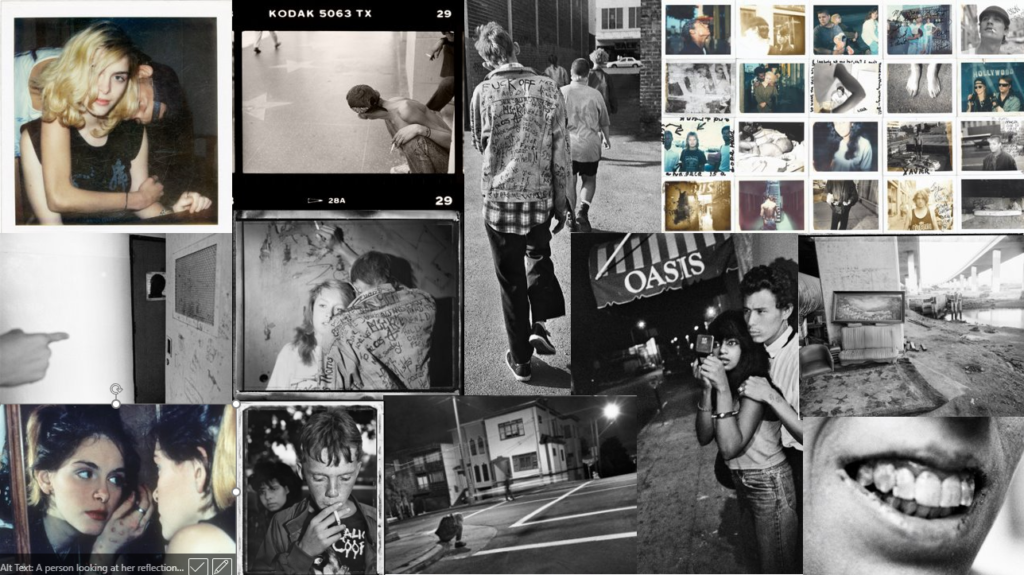
Photo analysis:

WEST HOLLYWOOD, Calif.—”Early Morning, Plummer Park,” 1989. Jim Goldberg took this image at a park where homeless outreach advocates give out free food, condoms, and services. This image captures a 14-year-old who had just come back from a bad trick with a Hollywood producer and is sore and bruised all over. He is having a smoke break before going out to turn another trick with the cigarette representing his loss of childhood and the sad reality he is facing. This photo is a close up of the subject with the background out of focus. The image is produced in monochrome representing the melancholy reality behind his loss of childhood as he has been forced to grow up too fast and fend for himself in ways no-one should have to resort to.




